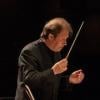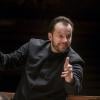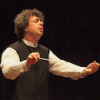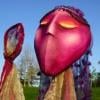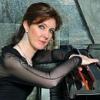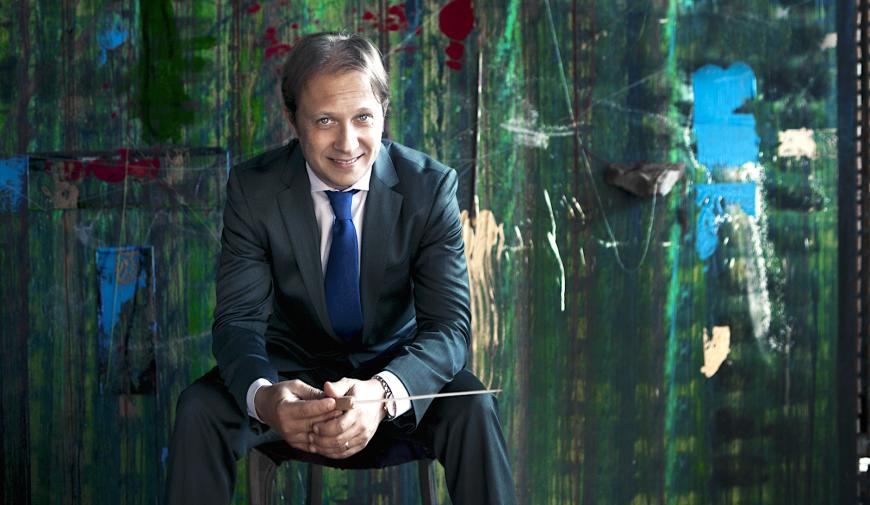
In the rush to support the valiant Ukrainians who are fighting to preserve their freedom, an urge to purge all things Russian is leading to a new variant of cancel culture. In the case of musicians who have supported or palled around with Vladimir Putin, it’s understandable. But don’t let the urge get out of hand. Tchaikovsky was not a pal of Vladimir Putin.
Fortunately, despite the increasingly violent situation in Ukrainian towns and cities, the Los Angeles Philharmonic was not tempted to budge from the mostly-Russian program it had scheduled over the past weekend at Walt Disney Concert Hall (even the digital ticket order still featured a picture of the Kremlin). Yet the composers on tap, Shostakovich and Prokofiev — the Soviet era’s two towering figures, most scribes concur — probably would be exempt from the purge anyway since they themselves suffered at the hands of Russian authorities at one time or another.
The concert was originally supposed to have been led by Karina Canellakis, but upon her withdrawal, Ludovic Morlot, the former music director (now conductor emeritus) of the Seattle Symphony, inherited her program. Morlot seems to be pretty good at frequent subbing — he led the Boston Symphony’s 2011 California tour when James Levine was indisposed, stepped in for the first halves of three of Michael Tilson Thomas’s concerts in San Francisco last November, and later this month will lead a program in place of his successor in Seattle, Thomas Dausgaard, who acrimoniously resigned his post there in January.
Morlot also has a yen for 20th-century repertory. I saw him do a crackling Shostakovich Symphony No. 1 in Seattle’s Benaroya Hall three years ago, and his recordings there have delivered gems such as the complete orchestral works of Henri Dutilleux, a generous helping of Ives, and the best recording of Luciano Berio’s Sinfonia since the composer’s own. Knowing all that, and considering a possible extra boost of adrenaline due to the events in Ukraine, it figured that he and the LA Phil would burn in Shostakovich’s Symphony No. 10 in Walt Disney Concert Hall Sunday afternoon (Mar. 13). Which indeed they did.
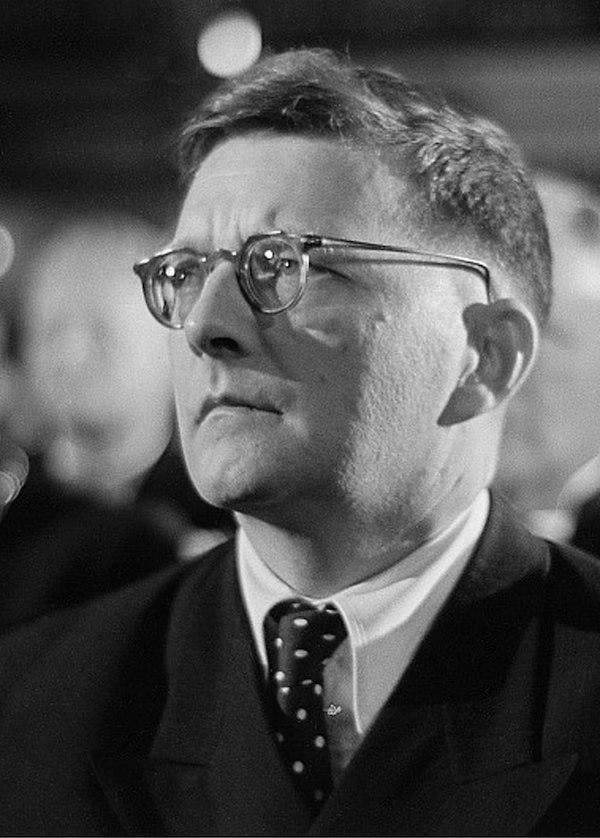
The Tenth Symphony, whether intended or not, will always be associated with the artistic thaw that swept the Soviet Union immediately following the death of the dictator Stalin in 1953. At last, Shostakovich could write what he felt after a period of purgatory following Communist Party Second Secretary Andrei Zhdanov’s denunciations of alleged “formalist” composers in 1948.
In Testimony, his alleged memoirs as told to Solomon Volkov, Shostakovich said that the Tenth was “about Stalin and the Stalin years,” adding that the short, violent Scherzo “is a musical portrait of Stalin, roughly speaking.” The first interpreters of the symphony in the West had no way of knowing that, but they could sense it from the score — and early recordings of Dimitri Mitropoulos, Eugene Ormandy, and Herbert von Karajan have a visceral punch, fury, and brooding sullenness that eluded most of their successors until recently, when Andris Nelsons and Vasily Petrenko have recaptured much of the early fire.
You could hear that intensity from the first swells in the strings under Morlot’s command in the opening movement, the playing acquiring a raw urgency in the anguished central section. The “Stalin Scherzo” sounded really good — fast and savage with sharp accents — if just short of the very last ounce of venom. There is a point in the sometimes-flippant Finale where the theme of the Scherzo comes roaring back into view as if Stalin himself was at the door, only to be halted in its tracks by Shostakovich’s DSCH motto in musical notation slamming the door shut. The composer outlives the dictator, and Morlot and the orchestra really nailed that passage.
The Prokofiev piece also had its subversive side, though a purely musical one completely shorn of politics. It was the Piano Concerto No. 1, a product of Prokofiev’s bad-boy 20s, written as a showoff piece for his own highly-percussive, motor-driven piano technique. It suited the temperament of Venezuelan pianist Sergio Tiempo, who opened with quicksilver lightness punctuated by sudden radical gusts of power, then glided rhapsodically through the slow movement, aside from gusty outbursts in the center. Morlot maintained good rhythm in the accompaniment following a very loud orchestral introduction and, after a bombs-away cadenza, the coda raced along in a near frenzy.
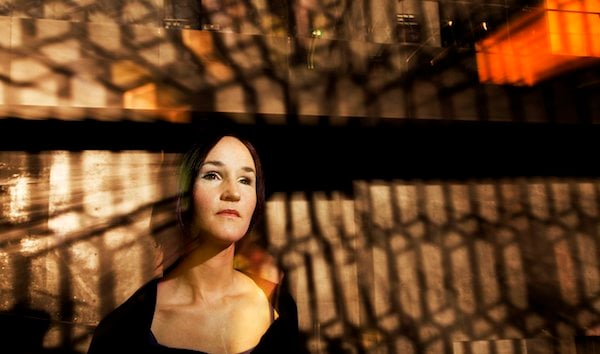
The unlikely introduction to all of this Russian vodka was some Icelandic spring water — Anna Thorvaldsdottír’s Metacosmos, a 12-minute orchestral tone poem that is catching on around world concert stages. Usually, the impression one gets from this piece is the typical Icelandic feeling of a cool, distant land underpinned by drones. But this performance, with Disney Hall's acoustics exposing its string rustlings, breathing effects, the thunderous racket created by three bass drums, and other working parts in diamond-bright detail, made the piece seem more warm-blooded and present. It’s a good sign for Metacosmos’s staying power that it can accommodate more than one approach.



